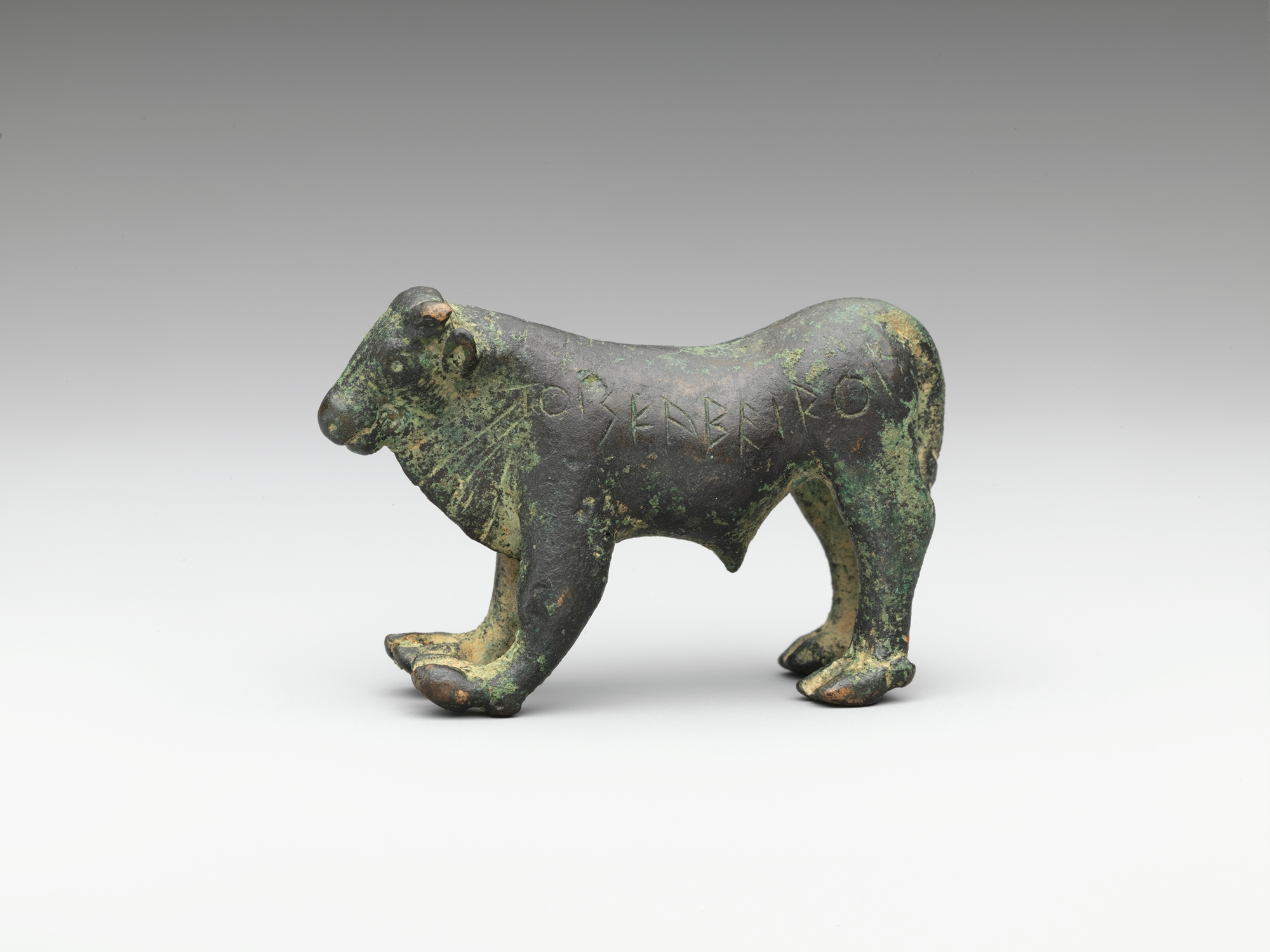Bronze figures of bulls were most often presented as votives in sanctuaries dedicated to Zeus and sometimes Poseidon, since both gods were associated with this animal. Our knowledge of Greek religious practices attests to the importance that animals played in ritual sacrifice, bulls being the most significant among them. Bronze figures of bulls were likely offered in place of actual animals, but either living or bronze animals would have been appropriate for the gods. In many Greek sanctuaries different size bull figures are found, which must have been regarded as representatives of actual sacrificial offerings. In his descriptions of Delphi and Olympia, Pausanias mentions large scale statues of standing bulls that were erected at these important sanctuary sites, and countless literary references emphasize the fame of Myron’s bronze sculptures of bulls on the Athenian Acropolis.




Bronze statuette of a bull
bronze • 4 cm
 Unknown Artist
Unknown Artist